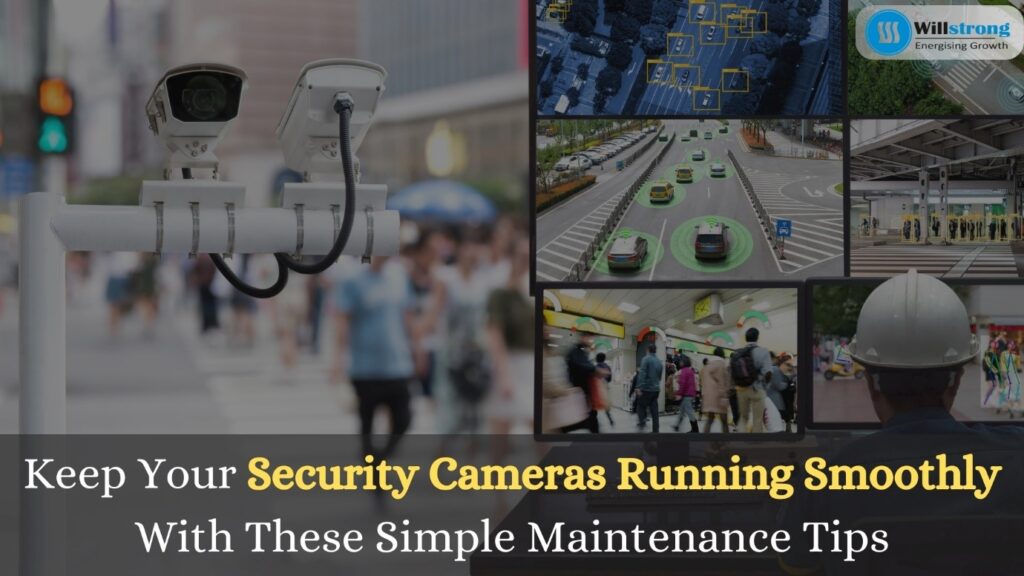A reliable CCTV system is essential for keeping your home or business safe. Whether you’re using it to keep an eye on your property or maintain workplace security, regular maintenance is crucial to make sure your system is always working at its best.
Just like any other technology, CCTV systems need regular upkeep to continue performing at their best.
In this article, we’ll explore some important CCTV maintenance tips that will help you keep your security system running smoothly and reduce the risk of unexpected failures.

CCTV systems play a vital role in protecting your assets and ensuring safety, but if they are not maintained regularly, they can malfunction or fail when you need them the most.
Dust, weather conditions, and wear and tear can impact the quality of footage or even cause the system to stop working entirely.
Regular maintenance ensures that your cameras capture clear images and operate reliably, providing you with peace of mind.
One of the simplest yet most effective ways to maintain your CCTV cameras is by regularly cleaning the lenses. Over time, dirt, dust, and grime can accumulate on the lenses, reducing the clarity of the footage. This buildup can make it difficult to identify people or objects, especially in low-light conditions.
Cameras can shift over time due to weather conditions, vibrations, or accidental bumps. Misaligned cameras may no longer cover the intended areas, leaving blind spots in your surveillance system.
It’s important to regularly check that all your cameras are pointing in the right direction and covering the desired areas.
It’s not enough to simply assume that your CCTV system is working correctly. Periodically testing each camera’s functionality will help you identify any issues before they become bigger problems. Ensure that all cameras are capturing video, the feed is being recorded, and there are no connectivity issues.
Worn or damaged cables can disrupt the power supply or video feed to your CCTV system, leading to malfunctions or complete failures. Regularly inspecting the cables and connections is a crucial part of CCTV maintenance.
The Digital Video Recorder (DVR) or Network Video Recorder (NVR) is the brain of your CCTV system, storing all the footage captured by your cameras.
Ensuring that the DVR/NVR is well-maintained is just as important as maintaining the cameras themselves. Dust and overheating can cause the system to malfunction or lose footage.
Over time, the quality of recorded footage can degrade due to issues with the storage system or incorrect settings.
It’s important to review recorded footage periodically to ensure the quality meets your expectations and that you have sufficient storage for new recordings.
Just like any other piece of technology, CCTV systems need regular software and firmware updates to stay secure and functional.
Manufacturers often release updates that include performance improvements, new features, or patches for security vulnerabilities.
Power outages can interrupt your CCTV system and leave your property unmonitored. To avoid this, ensure your system is connected to an Uninterruptible Power Supply (UPS), which will keep the cameras and DVR/NVR running during brief power outages.